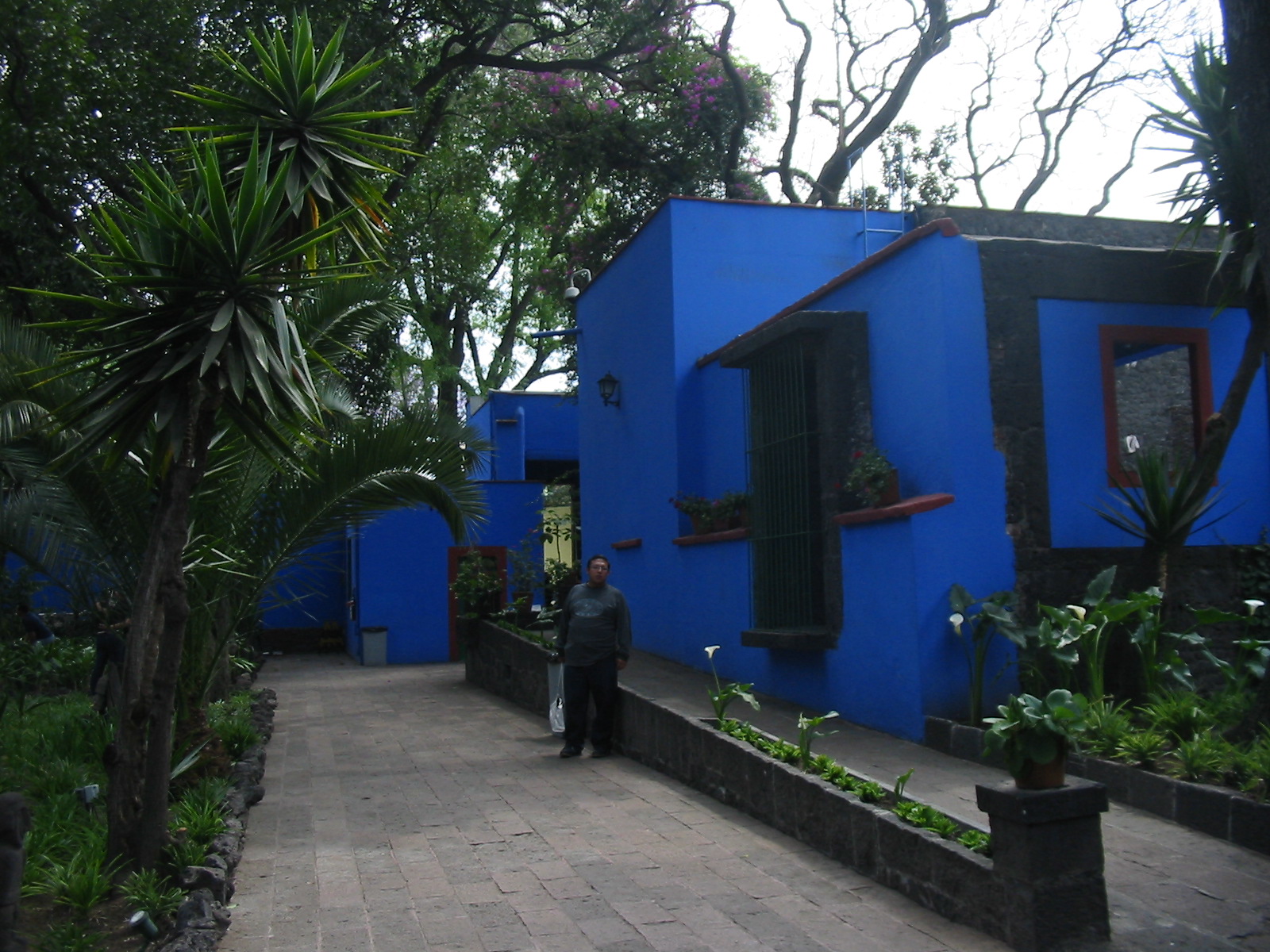In the spotlight today, Milagro Marketing Assistant Stefanus Gunawan chats with Susana Espino to unravel her motive to recreate Frida Kahlo’s La casa azul as an art installation in our Zócalo. The exhibit will be open to the public during the Central Eastside Arts District’s monthly “First Friday”, Jan. 4 from 5-7 p.m., and then one hour before each performance of Frida, un retablo through Jan. 19, and also between the matinee and evening performances on Saturday, Jan. 19.
What is the exhibition’s concept?
My concept of recreating Frida’s house is based on her stunning paintings, which display her full pain and passion, and some sculptures that will bring some of her “realities” to life. This will allow the audience to grasp an idea of how I perceive Frida lived her life. … My intention with the paintings is to depict Frida’s reality and the freedom of emotional space that which she needed, to demonstrate how she lived those moments, and to be able to paint her pain.
How does the recreation of Frida’s house connect to the show, Frida: un retablo?
By recreating La casa azul, it is my intention to share with the public Frida’s space in which her inspiration blossomed. From the very small objects in her studio to the most intimate and emotional ones, they allow the public to view her sorrow, grief in those moments, what she also expressed as “her realities”, that which has been mistakenly perceived as surrealism by the public of her time. Because she lived and felt her emotions, she was able to capture “her realities” on canvas.
How is the exhibition illuminated?
Frida’s house is divided into three main parts: the kitchen, the bedroom and the studio. The media I utilize are fabrics that express how those places looked, the intensity of the color of her walls, and the common utensils. To make it graphical, I’ve thought about little sculptures that would bring to life some of the characters in her paintings.
What do you hope that people will gain from this exhibit as they meander in and out of the house?
My goal is for the public to sit in the house where Frida worked, to surround themselves with the space where she gained inspiration, and to be in the place where she witnessed many emotions with her family that consisted of: a traditional home, her paintings, her pets, her traditions, her freedom in her own way, her disagreement with the poor organization of the country she loved so much, her Diego, and her dearest lovers. … I also wish the viewers to feel her crazy sense of freedom and expression that she had through her art.

